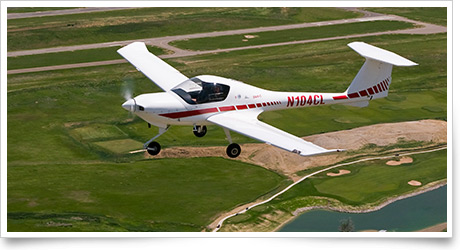training tipsMultiple-TPA airports
A small but important detail of an airport’s listed information is its traffic pattern altitude (TPA), which will be your target altitude for leveling off after the descent from cruise on arrival.
Check that TPA! Don’t assume that the destination’s pattern altitude follows the rule of thumb given in Chapter 7 of the Airplane Flying Handbook, that a TPA is “usually 1,000 feet above the elevation of the airport surface. The use of a common altitude at a given airport is the key factor in minimizing the risk of collisions at airports without operating control towers.” (That guidance is also useful in the event that a destination does not have a published TPA.)
If an airport’s TPA is lower than usual, check the surrounding area on the sectional chart. Traffic flows to and from another airport nearby might be a factor, as is the case at Maine’s Brewer Airport (which also has right traffic to one of its runways).
Sometimes when checking the airport/facility directory for the TPA of an airport used by large and small aircraft, you may see not an altitude, but a comment such as “TPA—See Remarks.”
Be sure to do so. You may find a note like this in the remarks: “TPA for turbo jet acft is 2000 (1808) unless otherwise instructed.”
You won’t show up in a jet, but if you are flying the downwind leg of your pattern (at the standard 1,000 feet above airport elevation), and a jet is flying one too, knowing its altitude will help you spot it when traffic is called out, and—more important—will help you plan your wake-turbulence avoidance strategy.
Landing at an unfamiliar airport requires extra focus on technique even without the added challenge of taking on an atypical TPA. So don’t hesitate to go around if the combined effect leaves you unsatisfied with how your approach is unfolding.
More likely, by following the methods you have learned, you will carry off an arrival that will confirm your skills and raise your confidence.
CLARIFICATION: The March 1 “Training Tip: Painting the stripe” inconsistently described the results of a landing error by a pilot seated in a trainer’s left seat. The pilot in the left seat who aims at the centerline over the middle of the aircraft’s nose will tend to touch down left of the centerline. training productsGleim private, recreational pilot study guideGleim has made available the Private Pilot and Recreational Pilot FAA Written Exam as a book or audio CD. The book was designed to provide student pilots with the easiest, fastest, and least expensive means of passing the FAA Private Pilot - Airplane knowledge test. The book is $19.95; the CD is $54.95. ‘Flying the Weather Map’Written by Richard L. Collins for pilots who want to improve their flight weather forecasting skills, Flying the Weather Map provides an in-depth discussion of the basic theory and logic of aviation weathercasting and an analysis of 46 instrument flight rules (IFR) cross-country flights made in a light airplane in all seasons. Each flight episode is illustrated with pre-takeoff, upper-level, and surface weather maps and a small-scale chart, which clearly traces the progress of the flight and the actual in-flight weather conditions.
Note: Products listed have not been evaluated by ePilot editors unless otherwise noted. AOPA assumes no responsibility for products or services listed or for claims or actions by manufacturers or vendors. final examQuestion: I’m working on my commercial pilot certificate in a single-engine land airplane. I’m about to start my solo cross-country flights and there are a few airports I have in mind for the long cross-country. I want to land first at an airport that’s 40 nautical miles away. If I land at this airport first, does the flight still count as a cross-country, or does my first landing point have to be 250 nm away?
Answer: Your flight would still count as a cross-country. FAR 61.129(a)(4)(i) states that the cross-country flight must be 300 nm total distance, with landings at a minimum of three points. While one of the three points must be at least a straight-line distance of 250 nm from the original departure point, the regulation does not specify which point it has to be. (If you’re flying in Hawaii, the longest segment needs to be only 150 nm from the original departure point.)
Got a question for our technical services staff? Email [email protected] or call the Pilot Information Center, 800/872-2672. Don’t forget the online archive of “Final Exam” questions and answers, searchable by keyword or topic. |
 Flying to a new cross-country destination is as much a planning exercise as a flight mission. It’s necessary to become thoroughly familiar with such facts as the class of airspace you will enter, runway lengths and bearings, communications frequencies, and the taxi routes to follow when you get on the ground.
Flying to a new cross-country destination is as much a planning exercise as a flight mission. It’s necessary to become thoroughly familiar with such facts as the class of airspace you will enter, runway lengths and bearings, communications frequencies, and the taxi routes to follow when you get on the ground.

